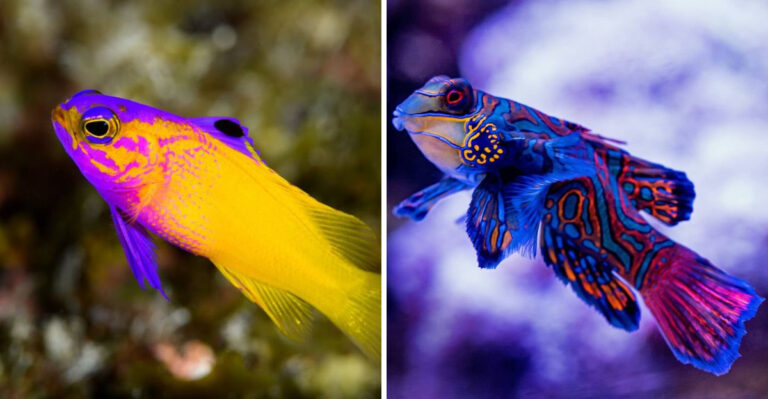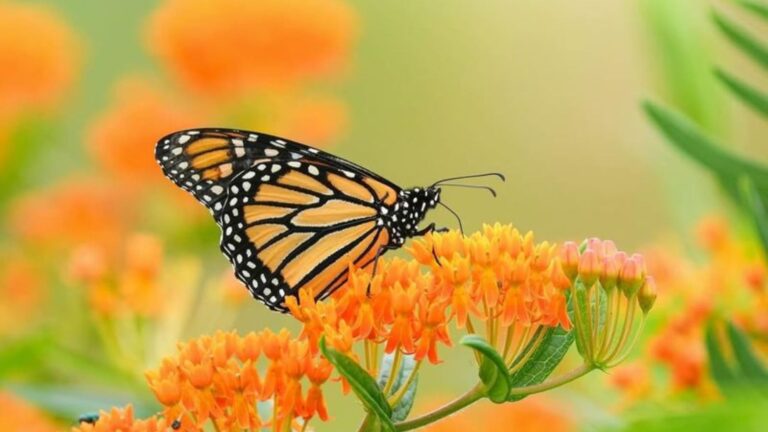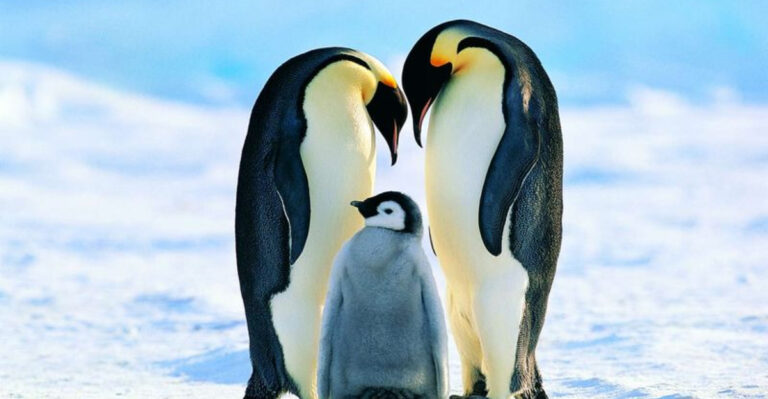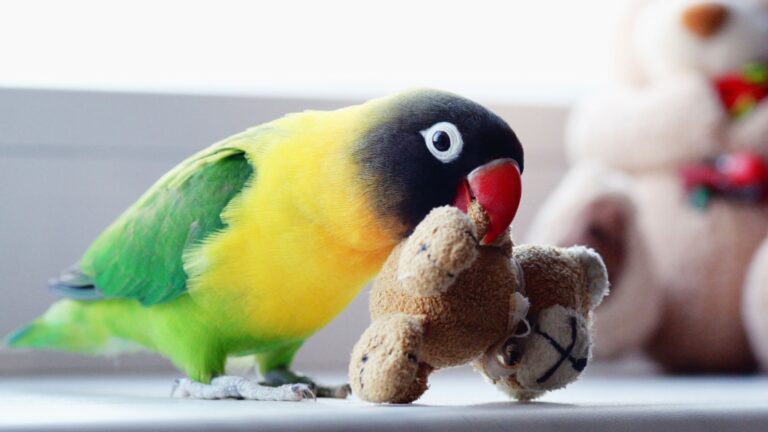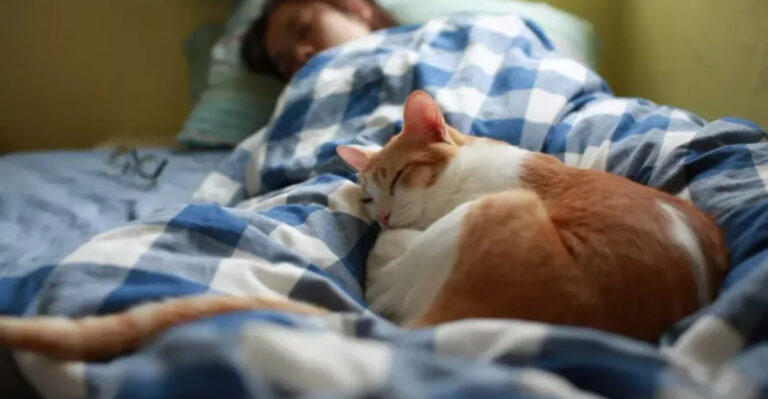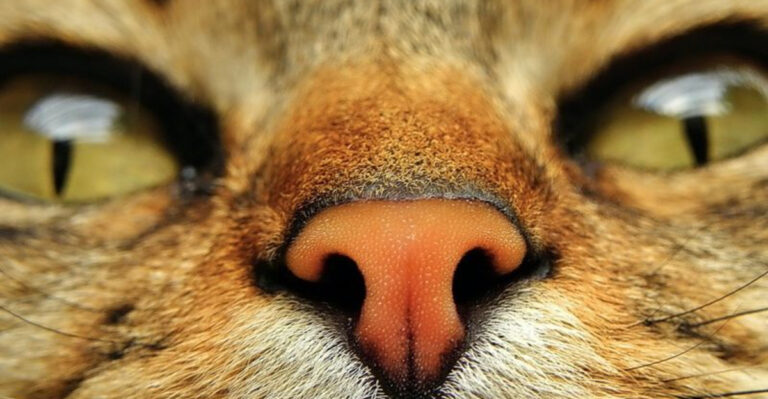16 Wild Animals That Practice Adoption And Babysitting
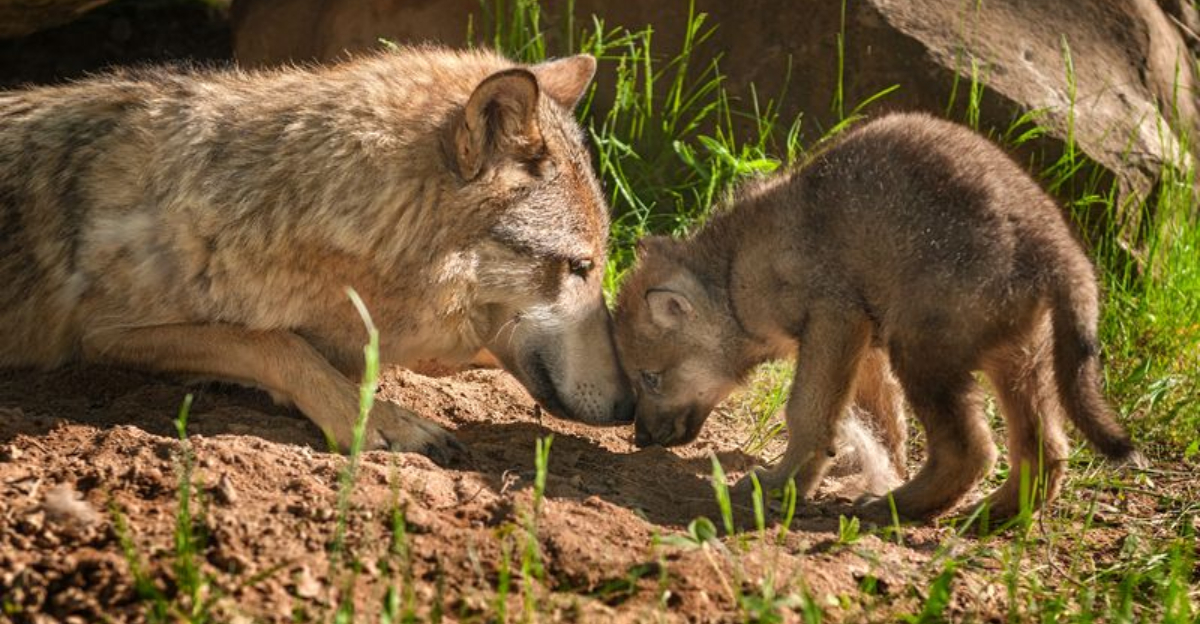
In the wild, it’s not just humans who exhibit nurturing behaviors. Many animals have been observed caring for others’ offspring, showcasing nature’s remarkable compassion.
Learn more about these heartwarming stories of wild adoption and babysitting, where furry, feathered, and scaly creatures alike take on parenting roles in the most unexpected ways.
1. Elephants

Picture this: A young elephant in distress, trumpeting for help. In nature’s grand design, the elephant herd acts like one big family.
Like a caring aunt, older females will rush to the rescue, babysitting and attending to the little one.
These gentle giants are known for their close-knit social structures, where the whole herd participates in raising the young.
2. Bottlenose Dolphins
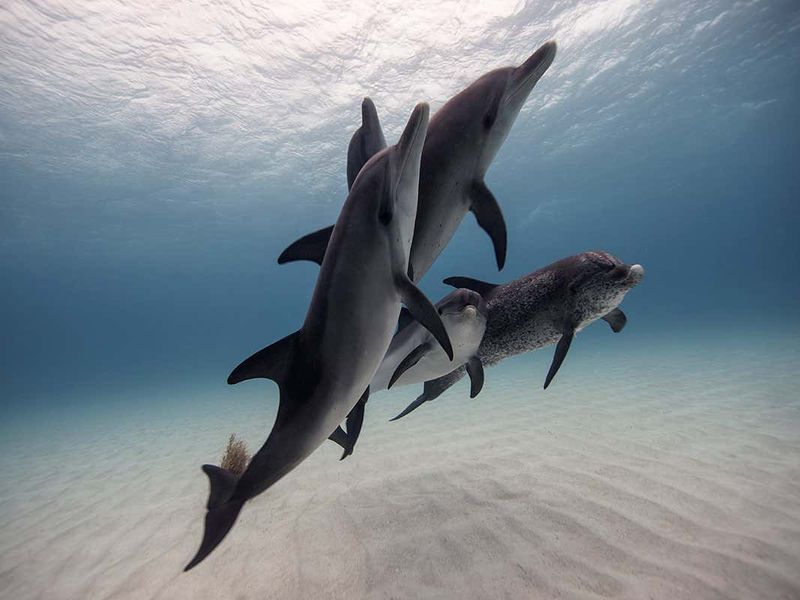
In the ocean’s vast playground, bottlenose dolphins are the ultimate babysitters. These intelligent mammals form pods, where they take turns looking after each other’s calves.
When mama dolphin needs a break, a ‘babysitter’ steps in, offering protection and guidance. Their playful nature strengthens these bonds, as the calves learn essential life skills through games and mimicry.
It’s a harmonious system that ensures every dolphin calf gets a chance to thrive in the blue expanse. Now, that’s teamwork!
3. Lions
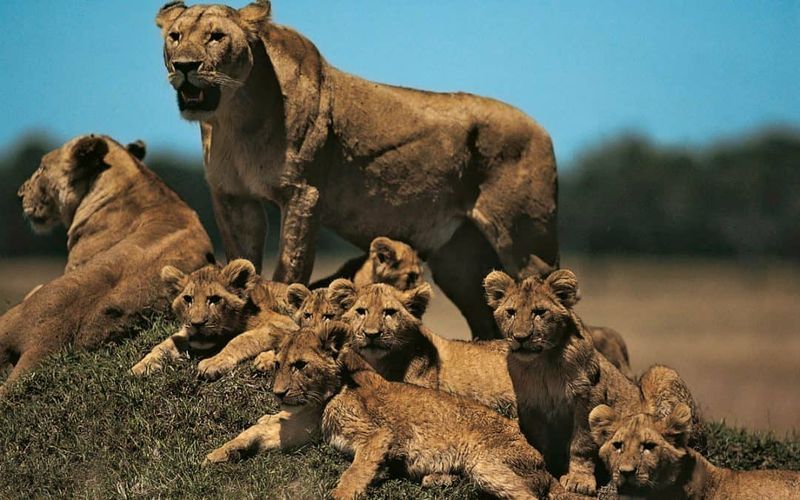
In the heart of the savanna, the lion pride operates as a well-oiled family unit. Lionesses often synchronize births, creating a communal nursery.
They share the responsibilities of feeding and protecting the cubs, ensuring everyone’s survival. This collective caregiving isn’t just practical; it’s a strategy that strengthens the pride.
With so many caring ‘aunties’ around, the cubs receive round-the-clock supervision and affection. Talk about a village raising a child!
4. Emperor Penguins
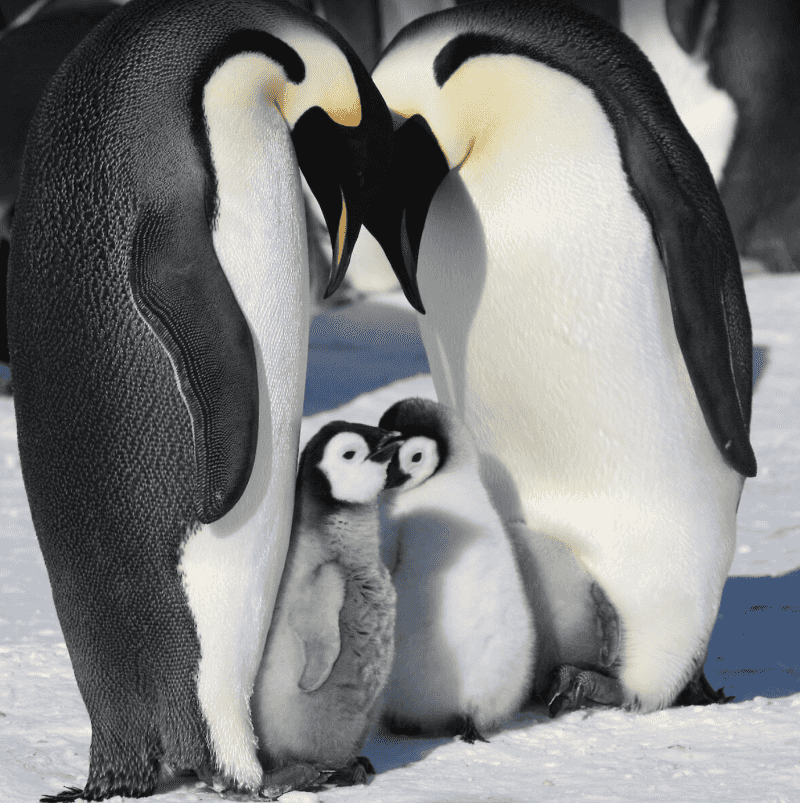
Amidst Antarctica’s icy embrace, emperor penguins showcase their parenting prowess. After mom lays the egg, dad takes over incubation duties.
But when it’s time to eat, other penguins in the colony step up. They safeguard the chicks in communal crèches while parents forage the seas.
This babysitting strategy ensures the chicks stay warm and safe, even in the harshest conditions. It’s a chilly world out there, but these penguins certainly know how to keep the family warm!
5. Chimpanzees
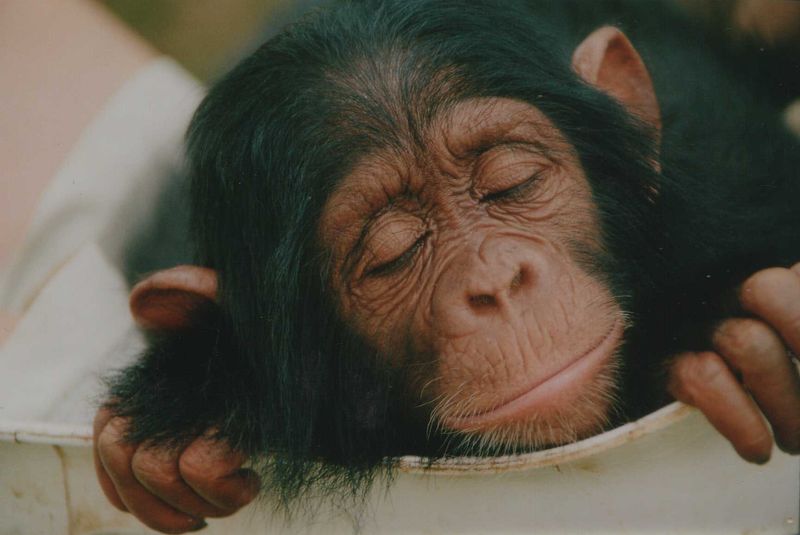
Deep in the jungle, chimpanzees reveal their nurturing side. When a mother chimpanzee is unavailable, other females in the troop may adopt and care for the orphaned young.
This act of compassion helps maintain troop harmony and ensures the young ones learn the skills needed to survive.
The bonds formed are strong, with adoptive chimps often remaining close for life. With a community like this, these little primates are never truly alone.
6. Meerkats
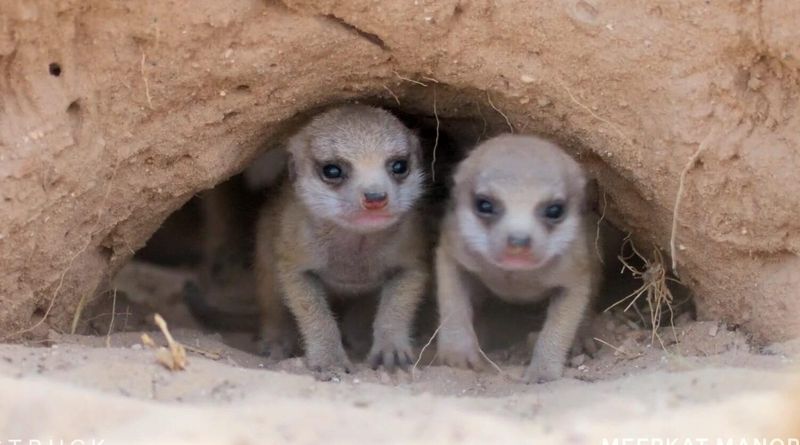
In the arid deserts, meerkats are the diligent guardians of the animal kingdom. Living in tight-knit groups, they employ members as lookouts and babysitters.
While adults forage or stand guard, designated ‘nannies’ stay behind, ensuring pups are safe from predators.
These social creatures rely on cooperation to thrive, demonstrating that teamwork is essential for survival.
7. Wolves
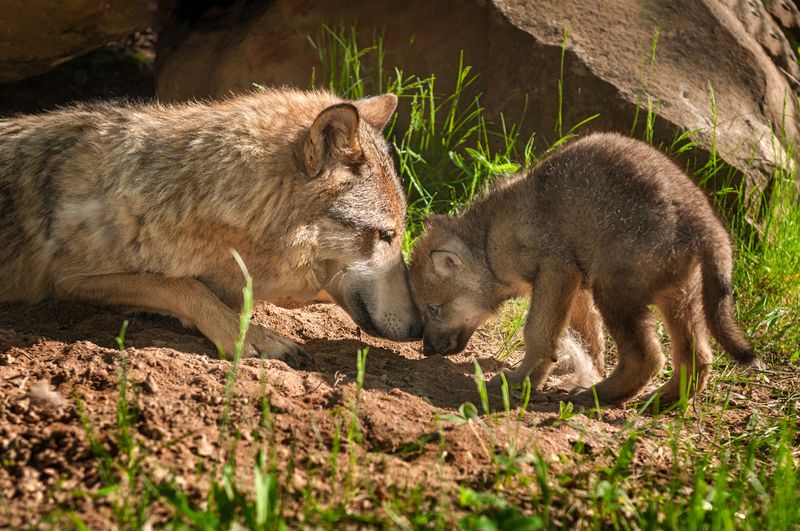
In the wild woods, wolves epitomize the ‘it takes a pack’ philosophy. When new pups join the pack, all members, regardless of rank, assist in their upbringing.
These keen collaborators teach the pups to hunt, play, and explore. It’s a rigorous training ground where lessons in survival are imparted with care.
Through this communal effort, wolves ensure that their future generation is as robust and cohesive as the current one.
8. Cuckoo Birds
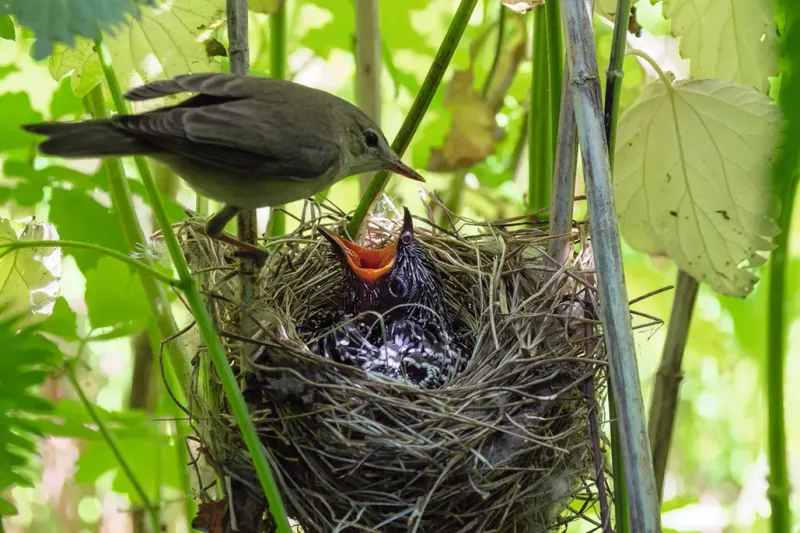
Cuckoo birds are notorious for their unique approach to parenting—laying eggs in other birds’ nests.
While this might seem like shirking parental duties, it’s a survival tactic that ensures their chicks get undivided attention.
The unsuspecting host birds unknowingly adopt and nurture these chicks as their own.
While unconventional, it’s a fascinating glimpse into the diversity of avian parenting strategies. Sometimes, nature’s quirks are simply ingenious!
9. Ants
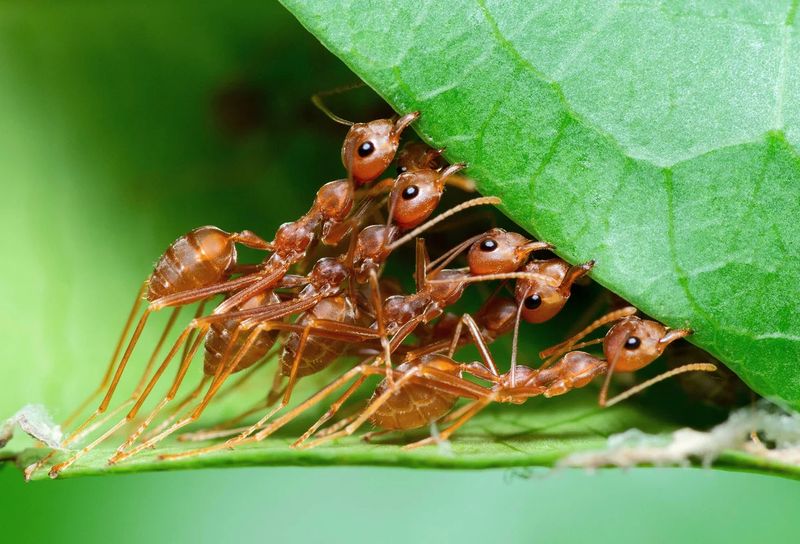
Within bustling ant colonies, teamwork is paramount. Larger ants often take on the role of guardians and nurses, caring for the larvae and pupae.
This division of labor ensures the colony thrives, as each ant contributes to the collective success. The young are nurtured and protected, allowing the community to function seamlessly.
10. Gorillas
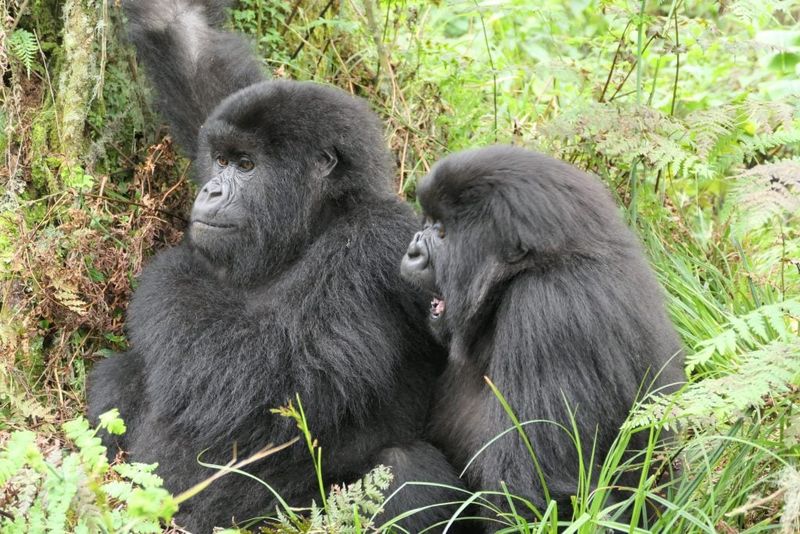
In lush forests, gorillas captivate with their gentle strength and familial bonds. When a mother is unable to care for her young, other females, or even the silverback, may step in.
This communal care isn’t just about survival; it fosters social cohesion and strengthens bonds within the troop.
With a support system this strong, young gorillas grow up in a nurturing environment that prepares them for adulthood. Truly, a family affair!
11. Orcas
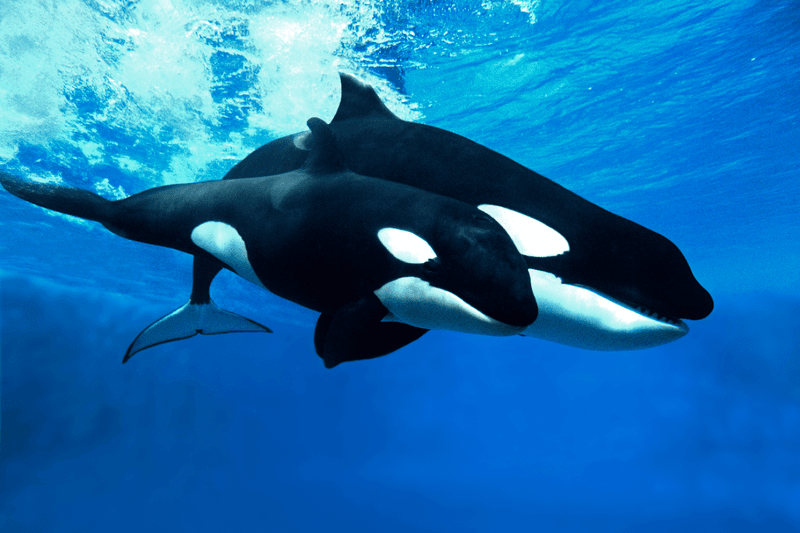
Beneath the ocean waves, orcas display remarkable social structures. Family pods often look after calves together, teaching them the ways of the sea.
These marine mammals are highly intelligent, and their cooperative care ensures that calves learn hunting and survival techniques.
The pod’s elders impart wisdom through example, crafting a legacy of knowledge passed down through generations. In this aquatic family, no one swims alone.
12. Red Foxes
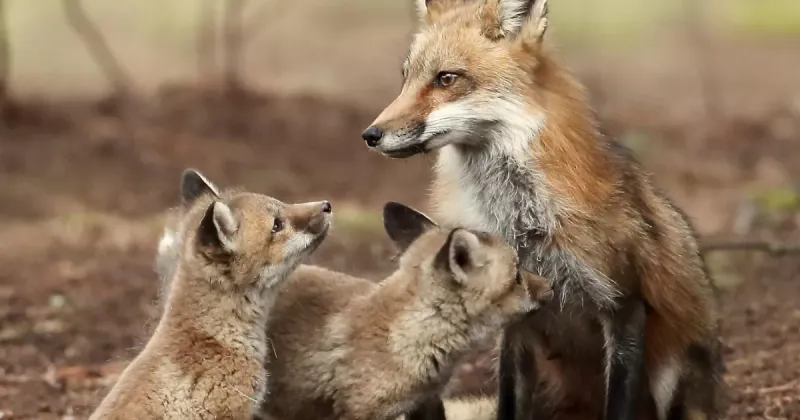
In the twilight of the woods, red foxes quietly redefine what it means to be family. When one parent is out hunting, others in the group, including older siblings, take on the role of caregiver.
This system ensures the kits are never left unattended. Through playful interactions and gentle nurturing, these quick-witted animals pass on essential survival skills.
13. Honeybees
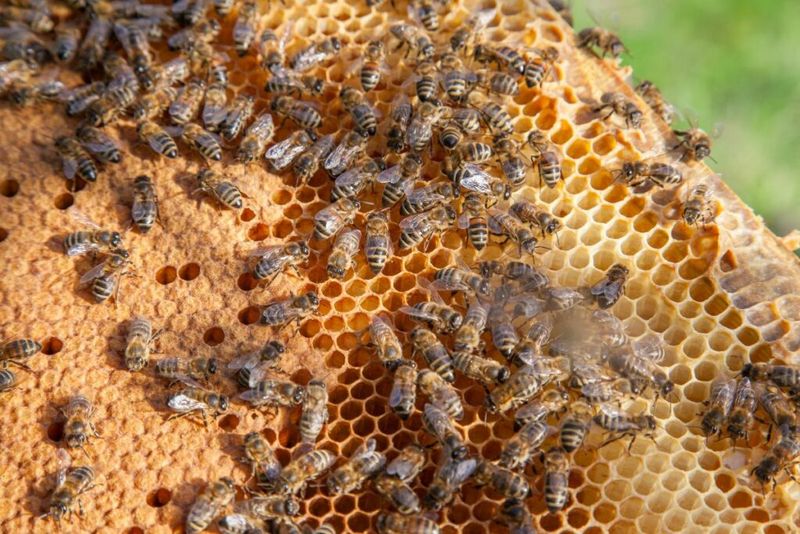
Inside the buzzing hive, honeybees orchestrate a symphony of cooperation. Worker bees are responsible for nurturing the young, feeding the larvae royal jelly.
This communal effort supports the hive’s survival, with each bee playing a critical role. The hive operates with precision, ensuring that the next generation of bees is strong and capable.
14. Baboons
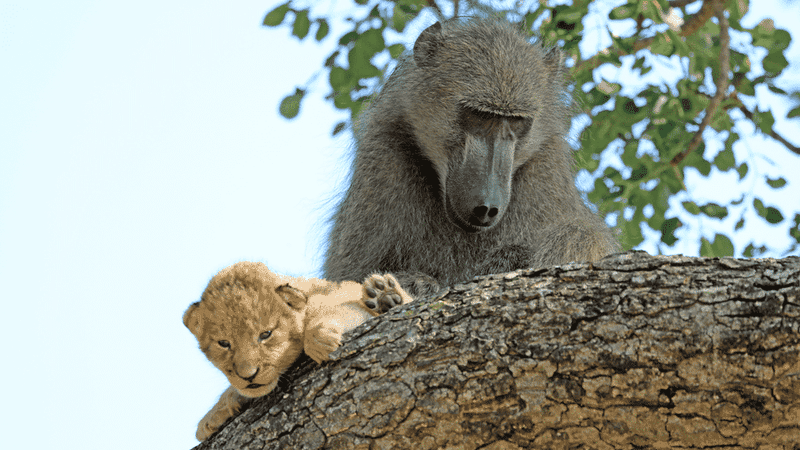
On the sunlit plains, baboons exhibit a surprising flair for childcare. In these dynamic troops, unrelated females often help each other with babysitting duties.
Grooming and playtime are integral to their social structure, fostering bonds and teaching young baboons how to interact.
This shared responsibility creates a supportive environment where every member contributes to the troop’s success. It’s a community where friendship and family ties blur beautifully.
15. Otters
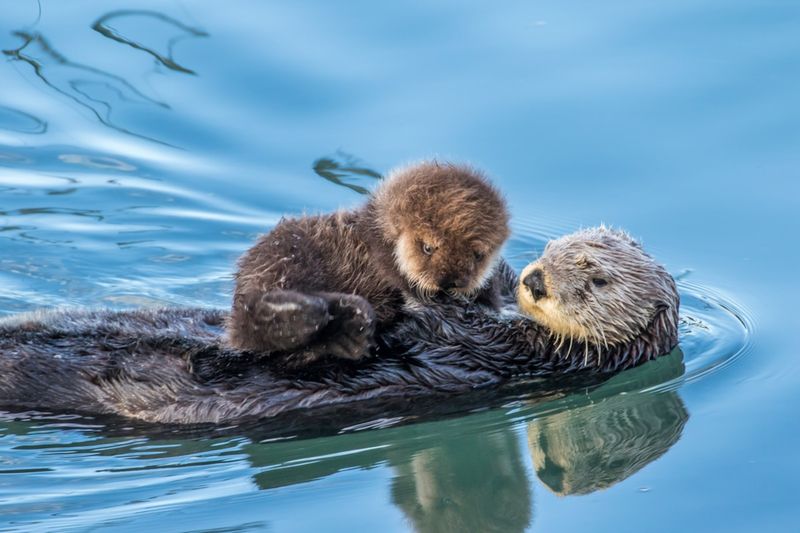
In playful river currents, otters show off their parenting skills with a splash of fun. These social animals live in family groups where adults take turns looking after the young.
It’s not unusual to see an otter holding onto a pup as they float downriver. This hands-on approach ensures the pups learn to swim and hunt in a safe, encouraging environment.
16. Prairie Dogs
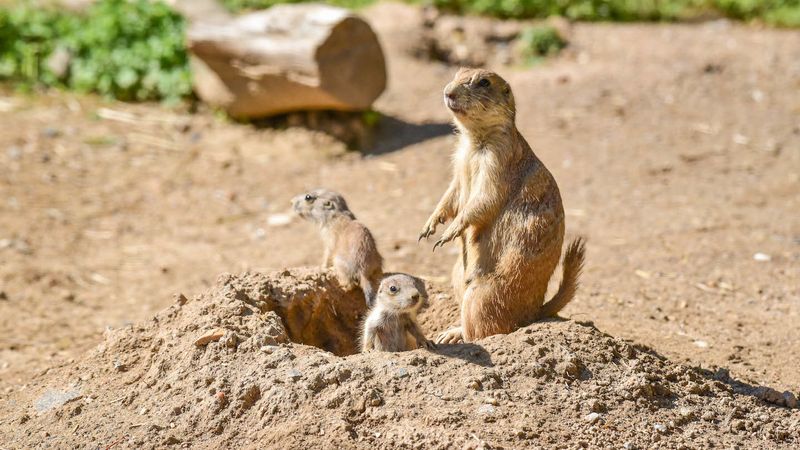
Amidst the grasslands, prairie dogs are the neighborhood watch of the animal kingdom. Living in large colonies, they take communal care to heart.
Adults often help babysit pups while parents forage. This vigilance extends to keeping an eye out for predators, which ensures the safety of the entire colony.
Prairie dogs exemplify the idea that it takes a village, working collectively to protect and nurture their young. It’s a community that thrives on cooperation.

